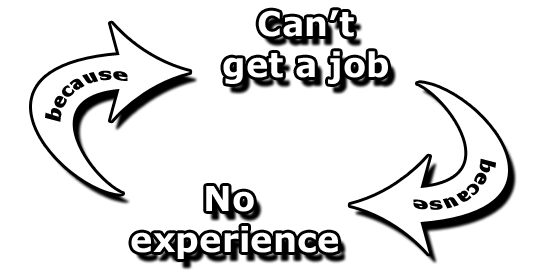Four Turnover Triggers That Could Be Hurting Your Bottom Line
It’s normal to have employees leave your business on occasion. People often need to leave due to relocation, familial responsibilities, and other life events that may be completely unrelated to your business. However, if your employee turnover rate (calculated as the percentage of employees who leave in a given time frame) has begun to skyrocket, you likely have a problem.
The financial cost of a high turnover rate can be substantial, with some estimates exceeding $4,100 per hourly employee or as many as 9 months of a salaried employee’s pay. Worse, you’ll need to spend additional time focused on hiring and your employees often wind up shouldering the additional responsibilities and stress of fewer employees. To combat high turnover, however, you’ll need to find out why so many of your employees are leaving.
Why Do Employees Leave?
A high turnover rate can be indicative of a number of issues within your organization. Though these issues can – and do – vary by industry, there are multiple common factors most businesses with high turnover rates share. We’ve compiled a list of the top major causes of employee loss and what you can do to remedy them:
- Employees feel burned out. A recent survey by Asana found 82% of employees felt overworked and burned out. Even if these employees don’t choose to leave your organization, overwork can lead to increased absenteeism and declining productivity. To fix it, pinpoint the cause of overwork, whether it’s understaffing, poor training, or volume; then, determine if you need to increase hiring efforts or simply offer help to struggling employees.
- Employees feel unengaged or unchallenged. Sometimes, employees experience the opposite effect – a lack of challenging work or even a disconnect with the purpose behind their work. If your employees don’t feel their work has meaning for your organization or feel their skill set is underused, they may seek employment somewhere that engages and appreciates them more. Check-in with employees frequently to assess their level of engagement with their current duties and recognize achievements as they occur.
- Negative workplace culture. While culture can be a difficult aspect to nail down, it’s at its most apparent when it’s driving your employees away. If your culture doesn’t fit your employees, morale will dip, current talent will leave, and new hires won’t last. Actively address signs that your workplace culture is veering toward the negative, re-evaluate the way you and other managers engage with staff, and endeavor to truly listen to each and every employee and their concerns.
- Hiring ill-fitting employees. Poorly matched employees can come in many forms – sometimes they just don’t mesh with your existing culture. Sometimes, employees don’t have the skills, drive, or personality fit necessary to be successful on the job. If your employee selection process doesn’t include fully validated measurement tools customized for each job, you are missing an opportunity to maximize employee fit for each role.
Turnover rates don’t have to damage your bottom line. Making changes to the way you handle your current employees as well as search for and screen for qualified hires can help you find and retain employees who will do their best work for your business. On many occasions we have seen motivated clients reduce turnover by 75% or more in a matter of months. It’s not easy, but it’s well worth the effort.
Resources:
https://www.shrm.org/about-shrm/press-room/press-releases/pages/human-capital-benchmarking-report.aspx
https://www.dailypay.com/business-resources/employee-retention-rate/
https://www.shrm.org/resourcesandtools/tools-and-samples/how-to-guides/pages/determineturnoverrate.aspx
https://smallbiztrends.com/2019/08/small-business-burnout.html









